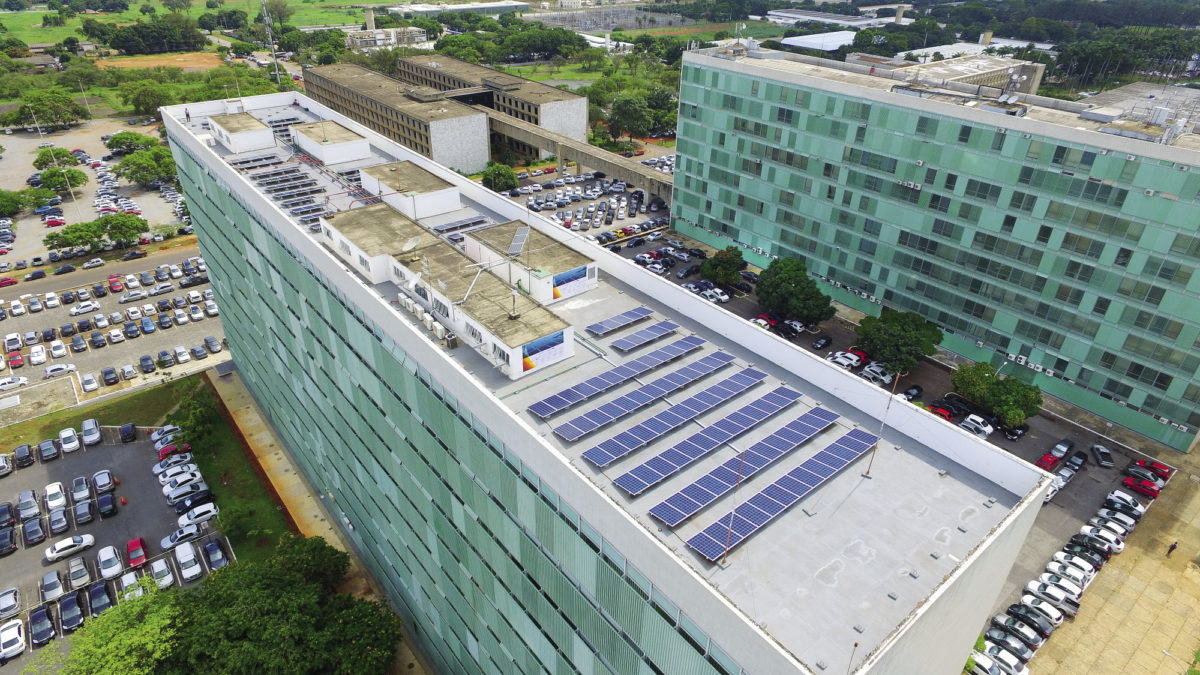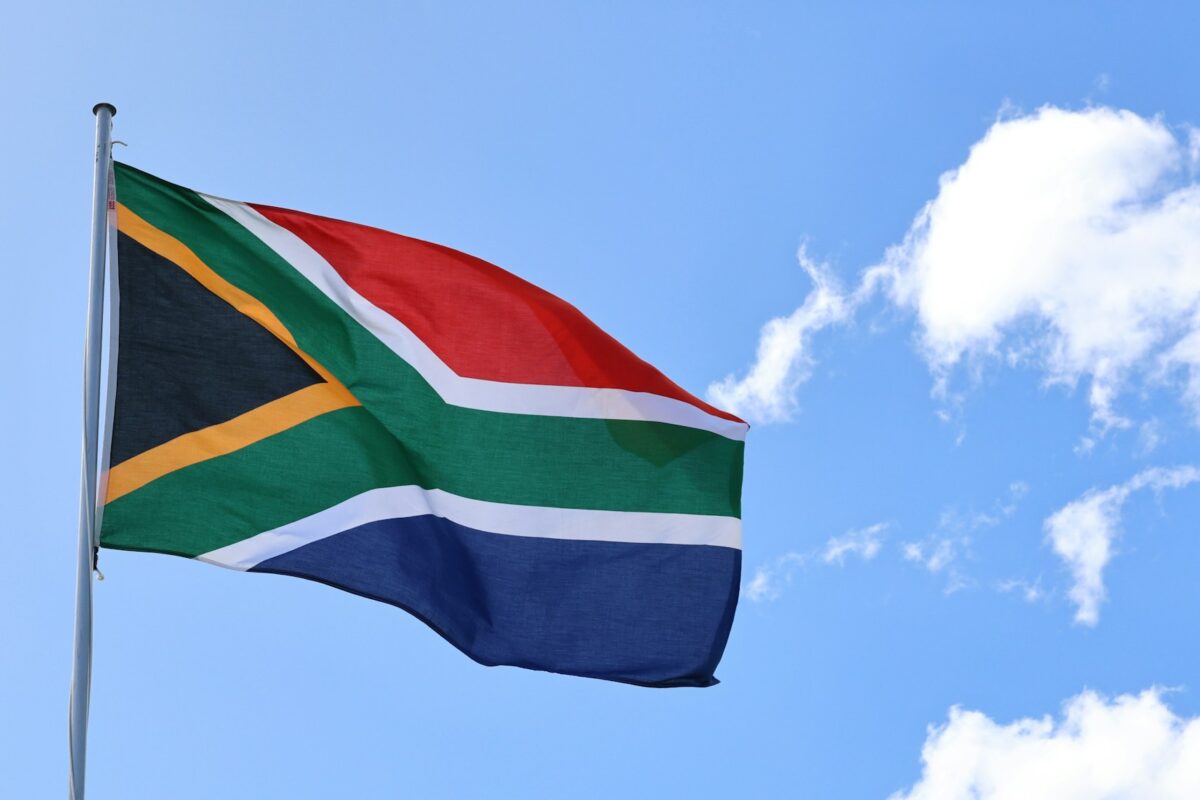Countries such as Brazil, Mexico and the Dominican Republic enacted distributed generation laws as early as 2011 and 2012 to promote growth in the segment. Despite this early legislation, market growth was slow, mainly because PV technology was still expensive and unattractive in markets with regulated pricing. It wasn’t until after 2016 that the sector began to see significant growth, mainly due to drastic price drops in modules and other system components. By the end of 2018, IHS Markit estimates that more than 800 MW of distributed generation PV had been installed in Latin America.
More than half of these installations will be in Brazil, as the market has become attractive due to the opportunity to offset high electricity rates with relatively low-cost PV systems. In 2016, the country had only 48 MW of distributed PV installed, but as of the third quarter of 2018, it had installed 200 MW, a 300% change from two years earlier.
As of December 2017, Mexico had an installed capacity of more than 380 MW in distributed installations under 500 kW. Like Brazil, the segment began to see significant growth in 2016, when the country installed a total of 129 MW.
Although not as large in terms of capacity, the Dominican Republic has made great progress in its distributed generation sector since it first introduced a net metering scheme in 2011. The nation has installed a total of 86 MW of PV, 90% of which went in under the net metering scheme. Like Brazil and Mexico, installations in the Dominican Republic jumped between 2016 and 2017, with installations totaling 30 MW in 2016 and more than doubling to 65 MW in 2017.
Chile approved its Distributed Generation Law (N 20.571) in 2015 and accumulated installations have risen to 19 MW since then. About 6 MW of this was installed in the first half of 2018, and IHS Markit expects the full-year figure for 2018 to be around 10 MW, bringing the cumulative total to a little over 20 MW.
New players emerging
Emerging markets for distributed generation in Latin America include Colombia, Honduras and Argentina. All three countries have recently approved their own versions of distributed generation laws that will allow for self-consumption, net metering or net billing. Several distributed PV systems have already been installed in Colombia, mainly in the commercial segment.
One of the most common challenges these markets face is the availability and cost of financing. Loans from commercial banks for distributed PV systems in the region are still rare. Although Mexico has progressed in providing financing mechanisms, other countries like the Dominican Republic do not yet have these tools available to them. With banks offering interest rates that range between 13% and 20%, financing for distributed-generation PV is generally not cost-effective, leaving cash purchases as the primary option for most customers. Because only customers with the financial means can buy systems directly, adoption has been severely limited. In Mexico and Brazil, third-party leasing is growing in popularity, as installers have been able to provide solar leases or PPAs by partnering with financial intermediaries or using their own equity. Moreover, despite strong growth, people are still wary of taking out long-term loans in historically volatile markets, especially for such a nascent industry segment.
Regulatory challenges
Regulatory challenges also inhibit the growth of PV in the region. In Chile, PV systems may take up to five months to connect; bureaucracy and long interconnection times have been one of the primary deterrents for distributed generation in the country. In Mexico, a standoff between the national utility and the regulating commission stalled net metering for more than a year. In Brazil, low barriers to entry have brought in a large number of new entrants, which has lowered prices significantly, at times below cost. A lack of government oversight and loose regulations create opportunities for low-quality service providers to flood the market, leaving customers at risk of acquiring faulty equipment.
As distributed generation projects continue to expand, governments and local commercial banks should address these challenges. Although IHS Markit expects the markets in Brazil, Mexico, Chile and the Dominican Republic to continue their upward trend, sustained growth hinges on improving access to finance, high electricity prices, and clear legislation.
About the author
 Maria J. Chea is a research analyst on the IHS Markit Technology solar team, specializing in markets in the Americas. She contributes to the North America and Downstream PV Intelligence Services, which includes tracking and analyzing downstream projects and market policies. Prior to joining IHS Markit, she worked in Brooklyn, New York, at a renewable energy financial advisory startup as part of their transaction advisory team. She also worked at the Inter-American Development Bank in Washington, D.C., for the Andean Country Department.
Maria J. Chea is a research analyst on the IHS Markit Technology solar team, specializing in markets in the Americas. She contributes to the North America and Downstream PV Intelligence Services, which includes tracking and analyzing downstream projects and market policies. Prior to joining IHS Markit, she worked in Brooklyn, New York, at a renewable energy financial advisory startup as part of their transaction advisory team. She also worked at the Inter-American Development Bank in Washington, D.C., for the Andean Country Department.
The views and opinions expressed in this article are the author’s own, and do not necessarily reflect those held by pv magazine.
This content is protected by copyright and may not be reused. If you want to cooperate with us and would like to reuse some of our content, please contact: editors@pv-magazine.com.



1 comment
By submitting this form you agree to pv magazine using your data for the purposes of publishing your comment.
Your personal data will only be disclosed or otherwise transmitted to third parties for the purposes of spam filtering or if this is necessary for technical maintenance of the website. Any other transfer to third parties will not take place unless this is justified on the basis of applicable data protection regulations or if pv magazine is legally obliged to do so.
You may revoke this consent at any time with effect for the future, in which case your personal data will be deleted immediately. Otherwise, your data will be deleted if pv magazine has processed your request or the purpose of data storage is fulfilled.
Further information on data privacy can be found in our Data Protection Policy.